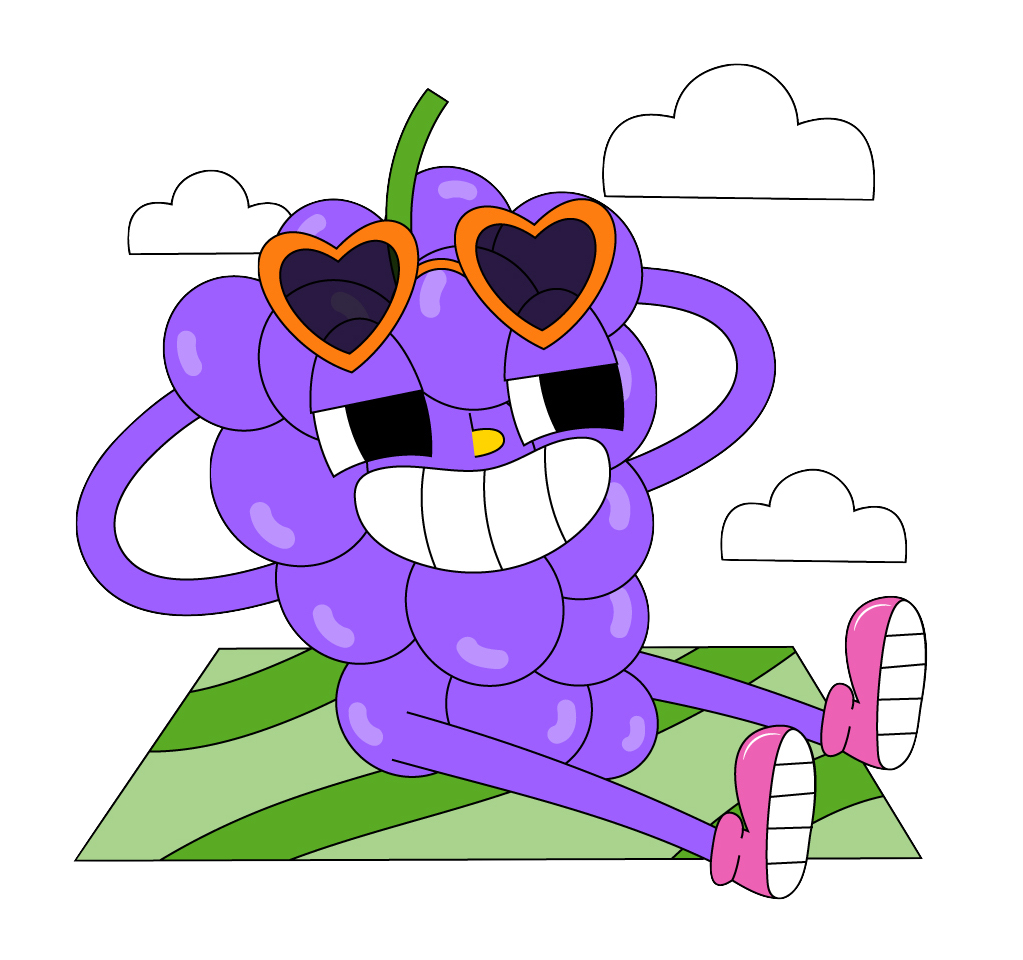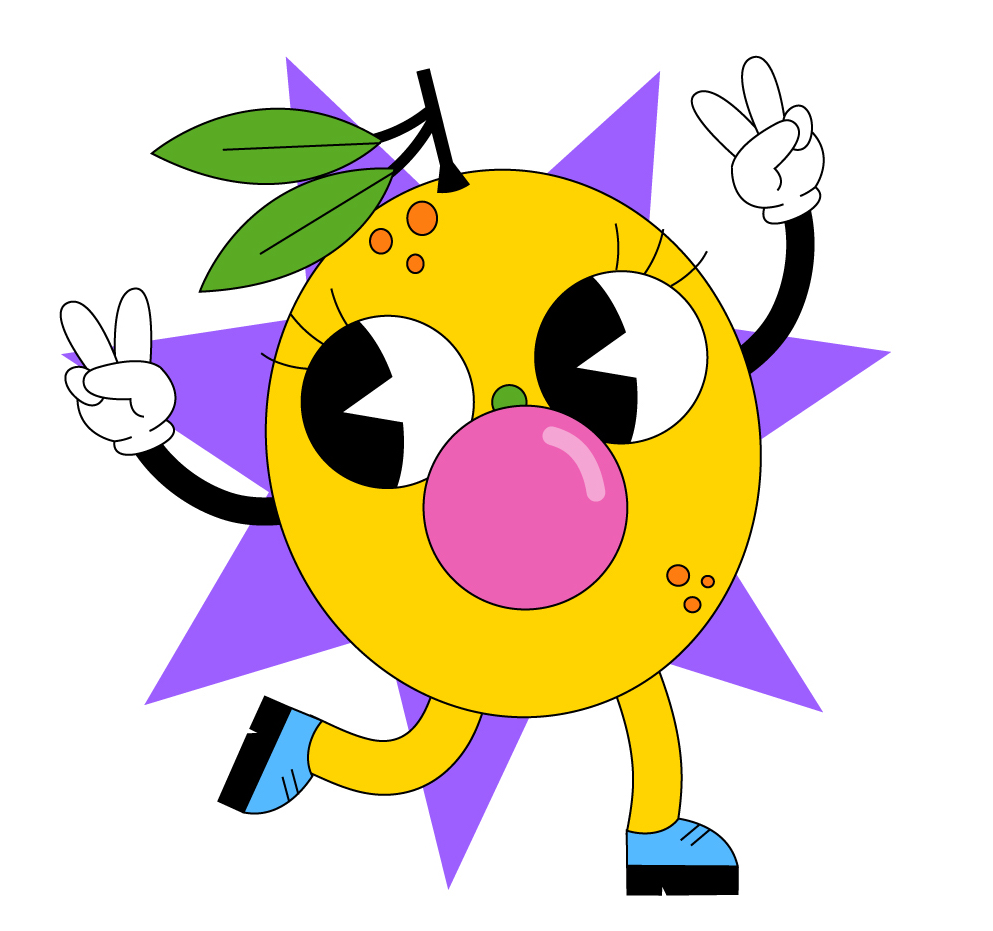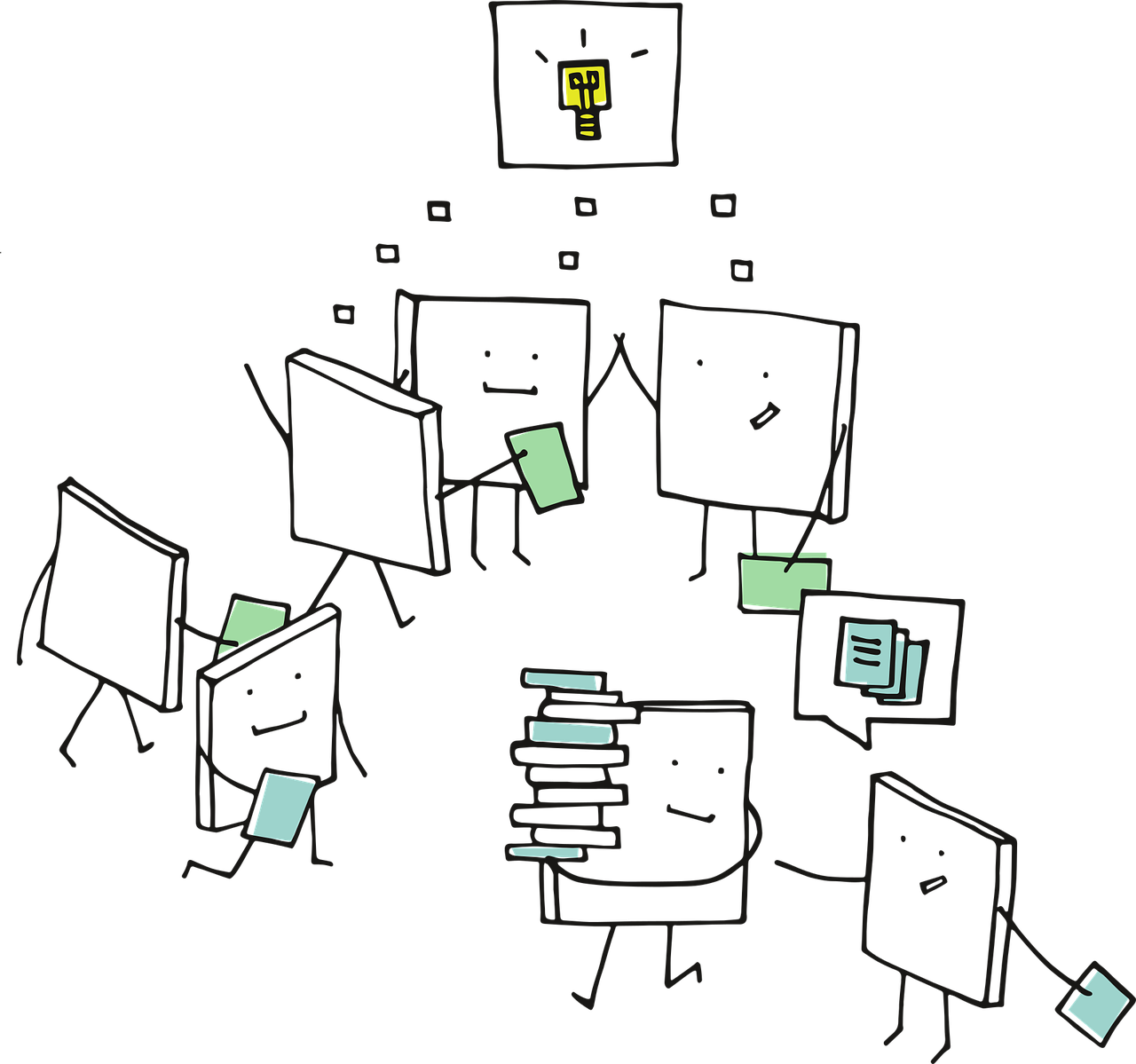
A co-constructed, inanimate object or animal, brought to life through questions & collective imagination.
Image by Freepik
One Word Image (OWI) focuses on co-creating a character entirely from the imagination of the students to use in a story. This strategy is similar to TPRS in that the teacher uses much of the same techniques of storyasking (circling, co-creating characters, introducing a place, a problem, an attempt to resolve the problem, and an ending) but the focus is on the character more than the story.
Attributed to Ben Slavic, a “One Word Image” is an inanimate object or animal (usually not a person) that your class customizes and anthropomorphizes through your questioning and the collective use of imagination. The image gets drawn up by a student so that you can revisit it later and use the image for more literacy.
Featured video: Watch Jeenna Canche create a One Word Image - Teethius McBristles - with her Spanish class.
Story Building with One Word Image by Jeenna Canche
One Word Image
by Sarah Breckley
The teacher begins by deciding with
the class WHAT everyone wants the character to be. An inanimate object?
Animal? Creature? Food? Typically, One Word Images are not people.
Next, the teacher begins to ask questions to have students come up with a
description - very detailed and probably a little bizarre - of the
character concerning it's size, personality, colors, body parts, favorites, secrets, talents, fears, and more!
Students are exceedingly creative when given the opportunity. Building a character with them can be a fun outlet for everyone while you get to provide copious amounts of compelling & comprehensible input. The character can then be used in multiple stories or class adventures, depending on the energy and excitement surrounding the character.
Classroom jobs come in handy during this strategy. Choosing a student to be the artist tasked with drawing out the OWI while it's being described is essential. It may be helpful to assign a few other jobs like a Judge who can make a decision between two popular ideas to help move the process out of a deadlock.
It is fun! Many wonderful teachers have created slides and other resources to help streamline and guide the creation process in a meaningful way. Check out Martina Bex's One Word Image Imagination Lab slides in addition to the resources listed above!

After the creation process of the OWI, reveal the image and talk about it! Co-create a text that is both compelling (your students came up with the character so they are invested in it) and a comprehensible reading passage that you can use later to do more input-based activities. As you write, ask clarifying, yes/no, either/or questions as a way to check for comprehension and engage them in the writing process. Compare and contrast, write what is and what isn't . This is the starting character for a future story!

Check for comprehension (aka formative assessment!) by getting your students moving. Ask yes/no questions based on the information discussed. If the answer is yes, students move (stand up, move to a new location, etc.) Ask a question with multiple options. Students move to a corner of the room that aligns with their chosen option.
Using the write-up from write & discuss, do a quick quiz or written assessment. Students take out a piece of paper and answer true / false questions, either/or questions, or open-ended questions about the one word image. This falls under the "interpretive" category - students are receiving input and making sense of it, then demonstrating that comprehension.
Can-Do statements - have students self-reflect using Can-Do statements to see how they feel about their own capabilities. Free-writes - Give students 5 minutes to write down anything they can, bullet format or full sentences, drawing pictures or illustrations, to demonstrate their comprehension.
There are so many ideas for assessment! For a better, more comprehensive deep dive into assessments for standards-based and proficiency-oriented language teaching, read Martina Bex's article on assessments for language classes and standards-based grading. Also Scott Benedict's articles on assessments and standards-based grading.
Have you made a one word image in your classroom? Do you have tips, resources, a story or video demonstration to share? Drop me a line!
